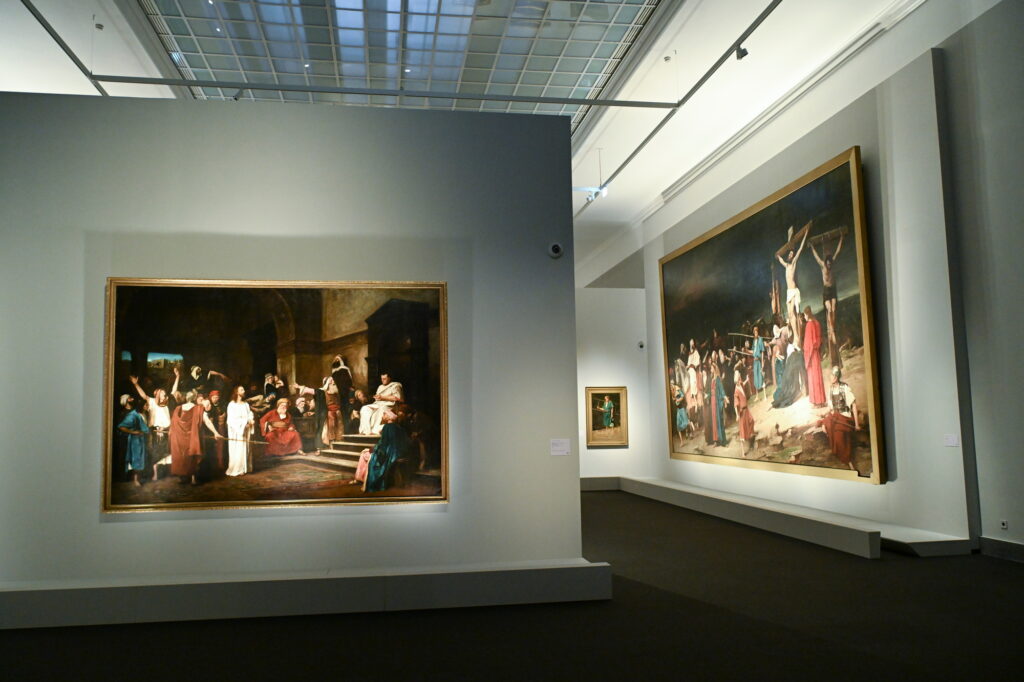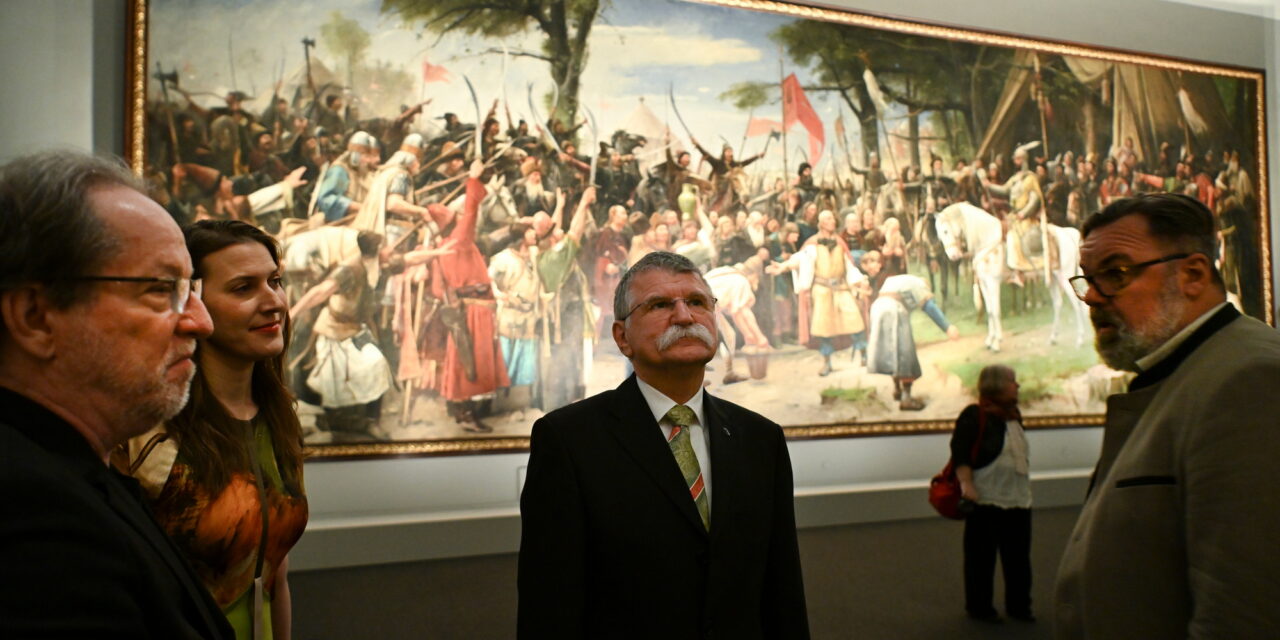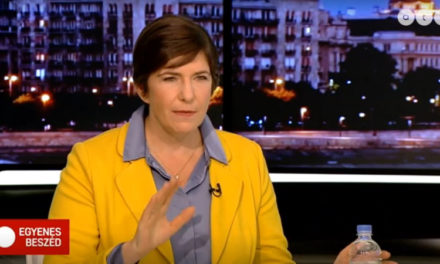With the help of over a hundred works of art, as well as archival photos, documents and cult objects, the temporary exhibition Munkácsy – The Story of a World Success, which can be visited at the Museum of Fine Arts from November 27, presents the life, successes and oeuvre of the painting giant.
The audience of the jubilee exhibition organized on the occasion of the 180th anniversary of Mihály Munkácsy's birth and the 125th anniversary of his death can, in addition to the painter's main works, also see lesser-known, rarely or never-before-seen works in our country - the organizers informed at the press presentation of the exhibition on Monday.
László Baán, the director general of the Museum of Fine Arts, highlighted at the event: with around a hundred works, the most comprehensive Munkácsy exhibition to date has been created, in which some international parallels also appear for the first time. He also mentioned that several of the works had never been to Hungary before.
"Mihály Munkácsy is undoubtedly the best-known creator of 19th-century Hungarian art. His eventful life has been immortalized in many novels, and the legend surrounding him, the Munkácsy myth, has been an integral part of Hungarian culture for more than a hundred years. However, we tried to say something new about him, to present something new"
- emphasized the curator of the exhibition, art historian Réka Krasznai, chief museologist of the Museum of Fine Arts - Hungarian National Gallery.
He added: there is no other Hungarian painter who has taken him to such heights and to such fame and success as Munkácsy. The artist living in Paris became internationally known primarily with the Christ trilogy, but his salon genres depicting the world of the wealthy bourgeoisie also contributed to his fame. He already enjoyed a real cult following in Hungary during his lifetime, and when he died, the public mourned him as one of the greatest Hungarian artists of the 19th century. They tried to present this unique life path, showing visitors the path to success step by step.
Réka Krasznai said that the exhibition is made up of six large thematic units. The title of the first unit: The Birth of a Legend - The First Successes. The section presents the evolution of Munkácsy's art, from The Yawning Butler through Munkácsy's realist masterpieces (Siralomház, Night Tramps, Pawnshop, Rőzsehordó nóze, Köpülő asszony) to the change of the era and the painting In the Studio, which proclaims a new artistic creed. In addition to the painting "In the Studio", a small corner of the studio evokes the former studio of the master, with the help of art supplies and cult objects preserved in the Munkácsy legacy, he pointed out.

A detail of the exhibition Munkácsy - A Story of World Success on its opening day at the Museum of Fine Arts on November 26, 2024. The exhibition can be viewed until March 30, 2025.
MTI/Koszticsák Solid
The second unit was entitled Paris at the end of the century: the road to the European elite. Here you can see, among other things, the milestone of Munkácsy's success story in Paris, the work Milton, which was awarded with an honorary gold medal at the 1878 Paris World Exhibition, and the painting Peacocks, which was presented for the first time in Hungary, the curator pointed out.
The third section was entitled "Painter of Colossal Pictures" At the center of this unit are the giant paintings of the master - including the Christ trilogy, the work entitled The Conquest and the ceiling painting of the Museum of Fine Arts in Vienna. Réka Krasznai drew attention to the fact that Munkácsy became a world-renowned painter in the strict sense of the word thanks to the pictures of Christ he presented throughout Europe and the United States in the 1880s, attracting more than two million visitors.
The fourth, The freedom of creation. The section entitled Munkácsy's Landscapes presents the genre in which the painter was most free from the shackles of expectations and genre constraints, and in which he created the most free of major works of 19th-century Hungarian landscape painting, such as the first and second versions of Poros út, or his painting Fasor - drew attention to the curator.
The fifth thematic unit (Fashionable, expensive, picturesque: salon pictures and the Munkácsy brand) offers a glimpse into the world of Parisian salons at the end of the 19th century through pieces of the so-called salon pictures, the most popular image type in his oeuvre, mostly borrowed from private collections. Among other things, curator Réka Krasznai drew attention to the work "Woman Sitting on a Bench" that was shown for the first time in Hungary.
The final unit of the exhibition was entitled The Worker's Cult. The room offers a glimpse into the history of the cult that surrounded Munkácsy's oeuvre and the painter's personality already in his lifetime. In addition to the paintings, sculptures and graphic portraits of the master, the work titled Vihar a pustán, which supports Munkácsy's iconicity, and its paraphrase by Csontváry can be seen here, the curator pointed out.
The exhibition can be viewed at the Museum of Fine Arts until March 30, 2025.
MTI
Front page photo: Budapest, November 26, 2024.
László Kövér, President of the National Assembly (k), László Baán, Director General of the Museum of Fine Arts (b), art historian Réka Krasznai, curator of the exhibition (j2) and László L. Simon, writer, cultural politician (j ) at the opening of the exhibition titled Munkácsy - A Story of World Success in the Museum of Fine Arts on November 26, 2024. The exhibition can be viewed until March 30, 2025.
MTI/Koszticsák Solid













